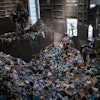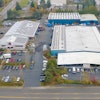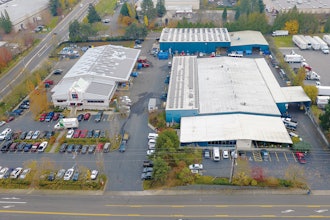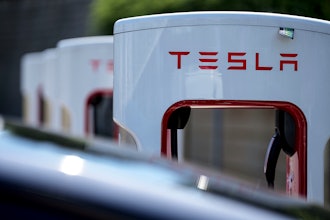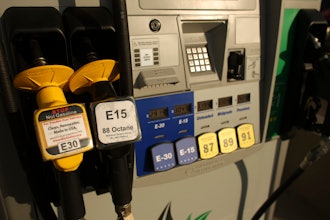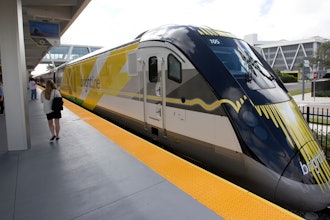Air pollution control regulations require the installation of emission control systems to destroy volatile organic compounds and/or hazardous air pollutants. Failure to install such systems can mean stiff non-compliance fines, and while general guidelines regarding the destruction of air pollutants in process exhaust air streams are somewhat consistent within each industry, a company’s individual requirements and desires can vary greatly.
Developing an optimal design for each operation depends on many variables including the type and quantity of the air pollutant and the volume and temperature of the air being exhausted. Manufacturing growth expectations and even geographical location should also be considered. By understanding the efficient designs now available and taking into consideration selection issues, companies can be better prepared to specify and select a custom designed air pollution control system. Destruction TechnologiesThe basic design concept of both thermal and catalytic oxidizers is to promote a chemical reaction of the air pollutant with oxygen at elevated temperatures. This reaction destroys the pollutant in the air stream by converting it to carbon dioxide, water, and heat. The rate of reaction is controlled by three interdependent and critical factors: time, temperature, and turbulence. What distinguishes one technology from another is the temperature at which the air pollutant is destroyed and the methods used to generate the heat used in the process. Thermal Recuperative Oxidizer
Designed to operate at temperatures of 1,400°F to 1,500°F, thermal recuperative oxidizers use a tube-in-shell stainless steel heat exchanger as an air pre-heater. Oxidation is achieved as the process exhaust is passed through the heat exchanger, mixed, and held at elevated temperatures in the combustion chamber for a minimum of 0.5 seconds. Older thermal oxidizers only achieved from 40 percent to 60 percent thermal efficiency and up to 95 percent destruction efficiency. Modern thermal oxidizers are designed for up to 80 percent thermal efficiency and 99+ percent destruction efficiency.
|
|
|
To view diagram larger, click here. |
To achieve destruction, the air pollutant collected from the manufacturing process is directed by the air pollution control system’s supply fan into the regenerative thermal oxidizer (RTO) inlet manifold and through one of the two energy recovery canisters by use of inlet control (switching) valves. The air pollutant passes from the valve assembly vertically upward through the first of the two heat exchanger canisters, where it adsorbs heat from the ceramic media and thus cools the media and preheats the air stream. The preheated air then enters the combustion chamber — typically at a temperature very close to the temperature required for thermal oxidation — where it is heated further to 1,500°F (if necessary) and held at this oxidation temperature for a period of time (minimum 0.5 seconds) sufficient to achieve a high destruction efficiency. Destruction of the air pollutant takes place within the combustion chamber, where auxiliary fuel is introduced if necessary.
|
|
|
To view diagram larger, click here. |
|
|
|
To view diagram larger, click here. |
Catalytic oxidizers are designed to use an industrial grade catalyst to promote a chemical reaction (oxidation) at lower temperatures as compared to thermal oxidation, typically between 500°F and 650°F. Because of the lower operating temperatures, catalytic oxidation commonly requires less energy to operate. To minimize operating costs, catalytic oxidizers incorporate a high-efficiency counter-flow plate-type heat exchanger to preheat incoming exhaust fumes from the production process. Oxidation is achieved when the fumes are passed through a bed of industrial-grade catalyst manufactured of pure platinum group metals. Older catalytic oxidizers achieved only 50 percent to 70 percent thermal efficiency and up to 95 percent destruction efficiency. Modern recuperative catalytic oxidizers are designed for up to 80 percent thermal efficiency and 99+ percent destruction efficiency. Rotary Concentrator
A rotary concentrator system is a hybrid air pollution control system designed to efficiently remove and destroy air pollutants from a process exhaust air stream. Application of this technology is limited to exhaust air steams at or near ambient temperature. The system requires a two-step process:
1. Removal of the air pollutant from the air stream using a hydrophobic zeolite rotating wheel.
2. Destruction of the concentrated air pollutant using an RTO.
|
|
|
To view diagram larger, click here. |
Read Next

